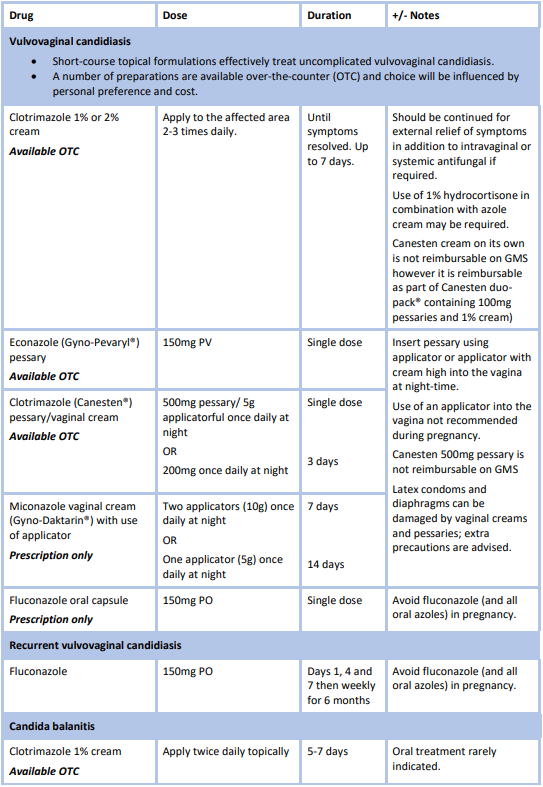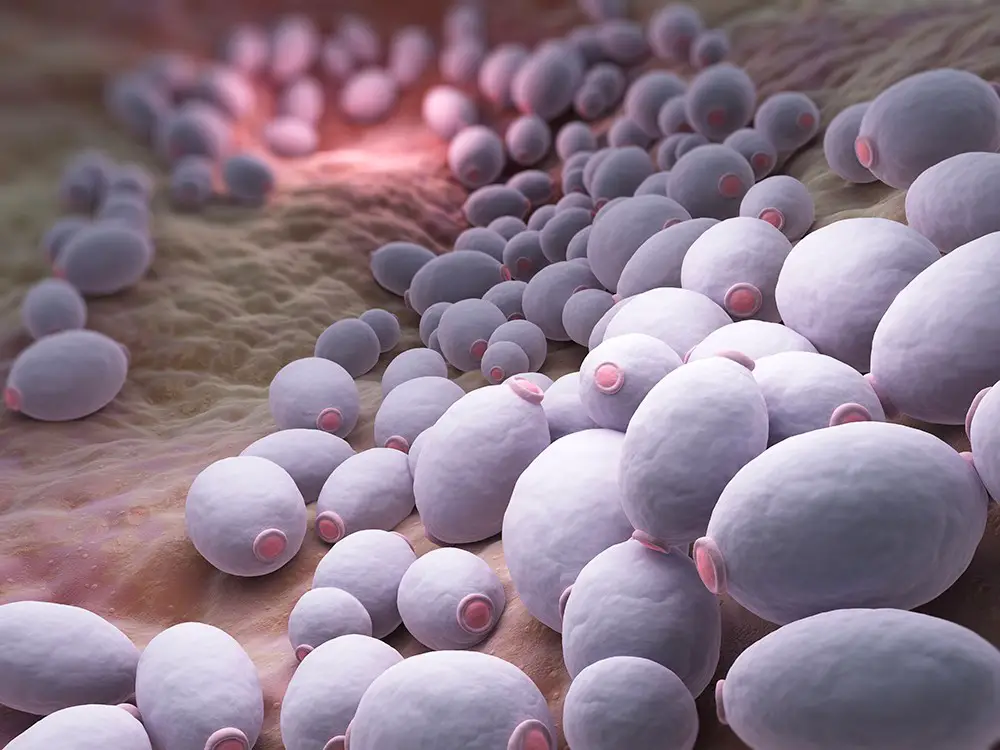
An itchy va-jay-jay (yes…that IS a word!) during meetings can leave you squirming in your seat, or that cottage-cheese like discharge can turn your date night from “hot” to “not”. Thrush can be an embarrassing ailment, and the symptoms can come at the least opportune times. The #1 Internet destination where all of your vaginal Thrush, Candida and Yeast Infection questions are answered! Poor diet and lack of sleep may also increase the risk.Leading the crusade to your thrush cure today!Ĭongratulations! You’ve made it to the Thrush Crusader –
Use of hormonal contraceptives or contraceptive devicesĪny activity that can cause changes in normal vaginal flora, including douching, can contribute to a yeast infection. Use of antibiotics, corticosteroids, or both. They are more common in women who are sexually active.įactors that increase the risk of a vaginal yeast infection include: Yeast infections of the vagina are not sexually transmitted infections (STIs), but they can spread through oral-genital contact or during intercourse. Normally, the bacteria Lactobacillus creates an environment that does not encourage yeast overgrowth, but if yeast becomes dominant, symptoms of a yeast infection may emerge. They may need different treatment.īalanced levels of yeast and bacteria are normally present in a woman’s vagina, but disturbances in this delicate balance can lead to the development of an infection. Share on Pinterest Doctors treat yeast infections according to their severity and complications.Ĭommon yeast infections are caused by the yeast species Candida albicans, but other species of Candida can also cause an infection. If the patient’s sexual partner has yeast symptoms, they might want to consider treatment, too. It may include weekly treatment with oral fluconazole for 6 months or weekly treatment with vaginal clotrimazole. If maintenance medications are necessary, these begin after one of the above methods of treatment has finished. The overuse of antifungals can increase the chances of yeast resistance, so that the medications may not work in the future when they are needed. If symptoms are severe, a doctor may prescribe a few days of topical steroids to help ease symptoms while the antifungal medication works.īefore using antifungals, it is important to be sure that the symptoms are due to a yeast infection. Sometimes, two to three doses of oral fluconazole may be recommended instead of direct vaginal therapy. Long-course vaginal therapy includes treatment with a vaginal cream, ointment, tablet, or suppository for approximately 7 to 14 days. These drugs are taken regularly to prevent the infection returning. Maintenance medications may be recommended. Share on Pinterest A doctor can help to find a suitable treatment. In the case of a complicated yeast infection, treatment will include the use of long-course vaginal therapy or multi-dose oral formulations. Non-latex condoms are available to purchase online.Īlternatively, an oral antifungal, fluconazole (Diflucan), can be used in one single dose. Since these medications are oil-based, they can weaken latex condoms and diaphragms, potentially making them less reliable. Some of these are available to buy online, including clotrimazole, Monistat 3, and terconazole. One option is a one-time treatment of a prescription or an over-the-counter medication such as butoconazole (Gynazole-1), clotrimazole (Gyne-Lotrimin), miconazole (Monistat 3), and terconazole (Terazol 3). When treating an uncomplicated yeast infection, a short-course of vaginal therapy is normally sufficient. There are two ways to treat an uncomplicated yeast infection: Direct vaginal therapy or oral treatment. 
Treatment of the infection depends on whether it is complicated or uncomplicated.
WHAT IS THRUSH IN VAG SKIN
It can also affect the skin or the mouth. Symptoms include redness, irritation, and discharge. In men, it affects the head of the penis. Medical conditions that can cause a complicated yeast infection include pregnancy, uncontrolled diabetes, having a weakened immune system, and the presence of an alternate Candida fungus, as opposed to Candida albicans.

There may be severe redness, swelling, and itching, leading to skin fissures or sores. Four or more infections may arise in one year.

Sometimes a more complicated yeast infection may occur, with more severe symptoms. A thick, white, odorless discharge that resembles cottage cheese, or a watery discharge.Vaginal burning with intercourse or urination.Pain or soreness in the vagina or the vaginal opening.Itching, burning, or irritation of the vagina or vulva, which is the tissue surrounding the vagina.Symptoms of a vulvovaginal yeast infection include: Share on Pinterest Frequent symptoms of vaginal yeast infection include itching, burning, and vaginal discharge.







 0 kommentar(er)
0 kommentar(er)
